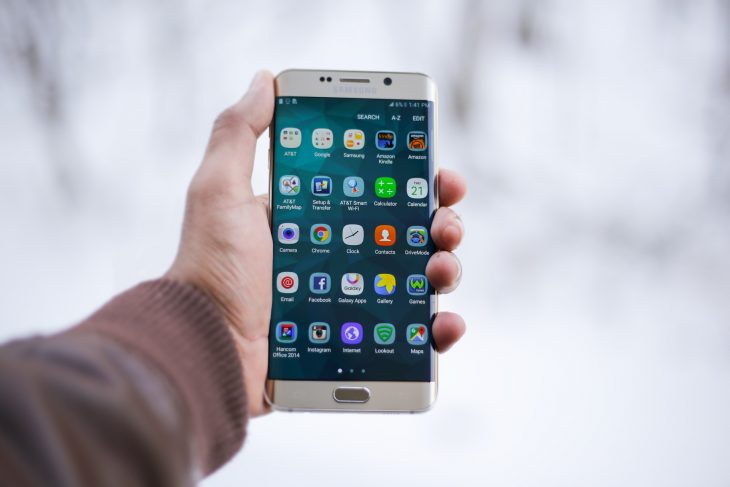Mobile payments aren’t taking off in the US the way they are in Asia. Although smartphone ownership has been maturing, mobile payment adoption remains flat.
There was some excitement around testing the technology back in 2016, but now we are seeing that retailer mobile apps are the only category still growing. Our Customer Monitor Survey series shows that only about half of consumers have used their phone to pay for goods and services in the past 12 months. What will it take to move the needle?
According to Aaron McPherson, Vice President of Research Operations, the answer is simple, even if the execution is not: Consumers must see value in using mobile payments. They need a reason to reach for a phone instead of a payment card. That’s why order ahead capabilities for pickup and delivery have boomed. Customers see value because they get to skip the line and collect rewards anyway.
If you’re looking for more dramatic growth, here’s where to look. These categories and payment methods are offering the most perceived value for consumers, and are thus seeing the most success.
QR Codes may not be new, but as the technology matures, it becomes more versatile and thus more useful. Tim Sloane, VP Payments Innovation, says consumer-presented QR codes may represent an opportunity internationally, while merchant-presented codes unlock a same-day funding advantage for merchants by tapping into the customer’s bank for quick and trustworthy authentication.
On-Demand Services are building success on the sheer volume expansion of transactions. For example, Lyft increased its market share to 35 percent in 2017, providing 375 million rides – more than double the rides it provided in 2015. Meanwhile, retailers are beginning to see click and collect as a key sales channel. Look to BestBuy, Target, and other department stores like Macy’s and Nordstrom for innovations in the near future.
Restaurants are the clear winners in the mobile payments realm. Mobile has quickly become a must-have sales channel for pizza shops and other quick-service restaurants (QSRs) that offer takeout and delivery, while order-ahead has become table stakes for coffee shops (thanks, Starbucks).
Convenience Retail has made mobile a key element of its evolutionary strategy. Convenience stores have been increasing their footprints to carry more fresh food items and specialty coffee drinks. Many now have their own app that integrates mobile ordering and payment or loyalty programs, especially if the store is linked to a gas station. For example, Gulf Pay is up there with Starbucks and Dunkin’ Donuts in popularity, with a third of consumers saying they’ve used one of these apps in the last year.
Travel and Events are seeing growth as our mobile society shows its preference for booking airline tickets and lodging via apps. Event ticketing services are also leveraging this growth, allowing event-goers to store their ticket stubs in a digital wallet for easy access.
Asian Mobile Giants like Alipay and WeChat Pay are showing a presence in the US, targeting a growing number of Chinese tourists, student hubs and business travelers as a convenience. The east is slowly coming west, but Raymond Pucci, Director of Merchant Services, says that says the west need fear these players as threats to US payment providers. Rather, we should anticipate partnerships with US providers, like the one between First Data and Alipay.
Universal Payment Apps such as Apple Pay, Google Pay, and Samsung Pay, have been struggling to gain traction since they were introduced. In fact, our most recent consumer survey shows that universal payment apps are actually seeing shrinking usage, at least in the U.S. as consumers favor retailer-specific mobile apps. While Apple recently announced substantial growth in Apple Pay volume, it tellingly did not break out volume by country. Apple’s continued rollout of Apple Pay to new geographies, coupled with the greater usage of “tap and go” payments in general in countries such as the UK and Japan, means that Apple Pay can grow internationally even as it declines in the US.
This once again boils down to value. Why should a consumer reach for their phone instead of a physical wallet? With brand-based loyalty systems, retailer apps have provided an answer, while universal payment apps have not.
Going into 2019, banks, issuers, retailers, and technology providers that offer Pay functions must think on this same question and provide a compelling answer, or else remove their hats from the mobile payments ring.










